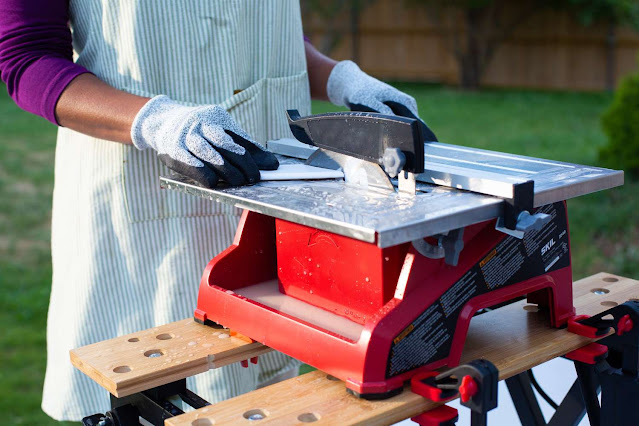TileTools: A Comprehensive Guide to Essential Tiling Equipment
Introduction
Embarking on a tiling project? Equip yourself with knowledge about the indispensable tools that can make or break your endeavor. In this article, we'll delve into the realm of tile tools, providing expert insights, essential information, and answers to frequently asked questions.
Understanding the Basics
TileTools Explained
Embarking on a tiling project? Equip yourself with knowledge about the indispensable tools that can make or break your endeavor. In this article, we'll delve into the realm of tile tools, providing expert insights, essential information, and answers to frequently asked questions.
The Importance of Quality TileTools
Investing in high-quality tile tools is the foundation of a successful tiling project. From tile cutters to spacers, each tool plays a crucial role in achieving precision and durability. Choose your tools wisely to ensure a smooth and professional finish to your tiling masterpiece.
Essential Tile Tools for Your Project
1. Tile Cutters: Precision at Your Fingertips
When it comes to achieving precise cuts, a reliable tile cutter is a must-have. Whether you're working with ceramic, porcelain, or glass tiles, having the right cutter ensures clean and accurate results, saving you time and frustration.
2. Tile Spacers: Maintaining the Perfect Gap
Creating uniform gaps between tiles is essential for a polished look. Tile spacers come in various sizes and are crucial for achieving the desired spacing, ensuring your tiles are evenly placed and allowing for the proper application of grout.
3. Trowels: Spreading Adhesive with Ease
Trowels are the unsung heroes of tiling projects. These tools facilitate the even spreading of adhesive on surfaces, providing a solid foundation for your tiles. Choose a trowel that suits the size of your tiles for optimal adhesive application.
4. Grout Floats: Achieving Seamless Joints
Seamless joints are a hallmark of professional tiling work. Grout floats aid in the application of grout, ensuring it fills the spaces between tiles evenly. This not only enhances the aesthetic appeal but also contributes to the durability of the tiled surface.
Expert Tips for Efficient Tiling
Selecting the Right TileTools for Your Project
Choosing the right tile tools depends on factors such as the type of tiles, the project scale, and personal preferences. Consult with experts or refer to reliable online resources to determine the most suitable tools for your specific needs.
Maintaining and Cleaning Your TileTools
Proper maintenance of your tile tools is essential for their longevity and optimal performance. Clean them after each use, store them in a dry place, and periodically check for any signs of wear or damage. Well-maintained tools contribute to the success of your future tiling projects.
TileTools: FAQs
How do I choose the right tile cutter for my project?
Selecting the right tile cutter depends on the type and thickness of the tiles you're working with. Consult product specifications and seek expert advice to ensure compatibility with your project.
Can I reuse tile spacers?
While it's possible to reuse tile spacers, it's advisable to use new ones for each project to maintain consistency and ensure a professional finish.
What is the ideal size of a trowel for my tiles?
The size of the trowel depends on the size of the tiles and the adhesive being used. Refer to the adhesive manufacturer's recommendations for the appropriate trowel size.
How soon can I grout after laying tiles?
The recommended time to grout after laying tiles varies based on the adhesive used. Follow the adhesive manufacturer's guidelines for optimal results.
Are manual tile cutters better than electric ones?
Both manual and electric tile cutters have their advantages. Manual cutters are cost-effective and suitable for small projects, while electric ones are efficient for larger-scale tasks. Choose based on your project requirements and budget.
Do I need a wet saw for cutting all types of tiles?
While a wet saw is ideal for cutting natural stone and porcelain tiles, it may not be necessary for softer materials like ceramic. Evaluate the characteristics of your tiles before deciding on the cutting tool.
Conclusion
Mastering the art of tiling begins with understanding and selecting the right tile tools. With this comprehensive guide, you're equipped with the knowledge needed for a successful and aesthetically pleasing tiling project. Invest in quality tools, follow expert tips, and let your creativity flourish in every tile you lay.

Comments
Post a Comment